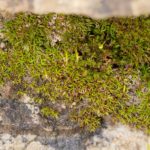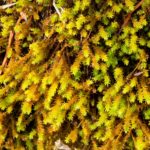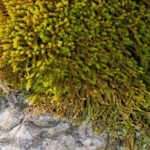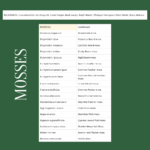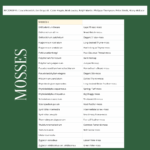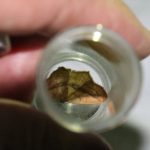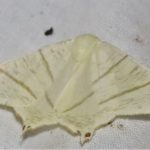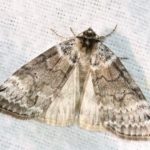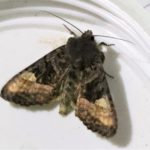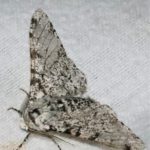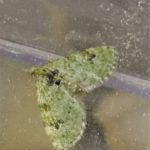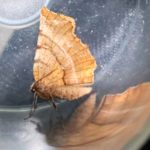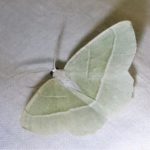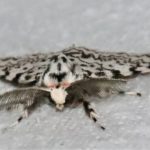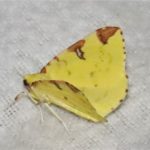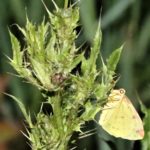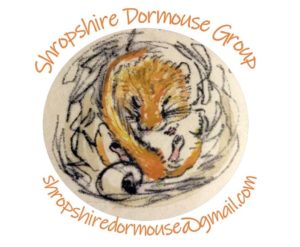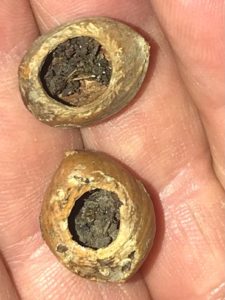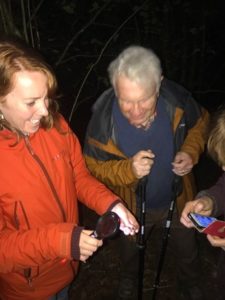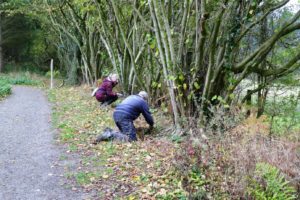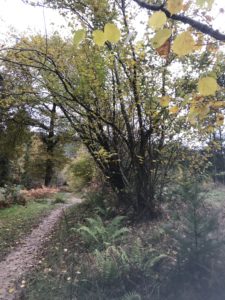Mortimer Forest Projects
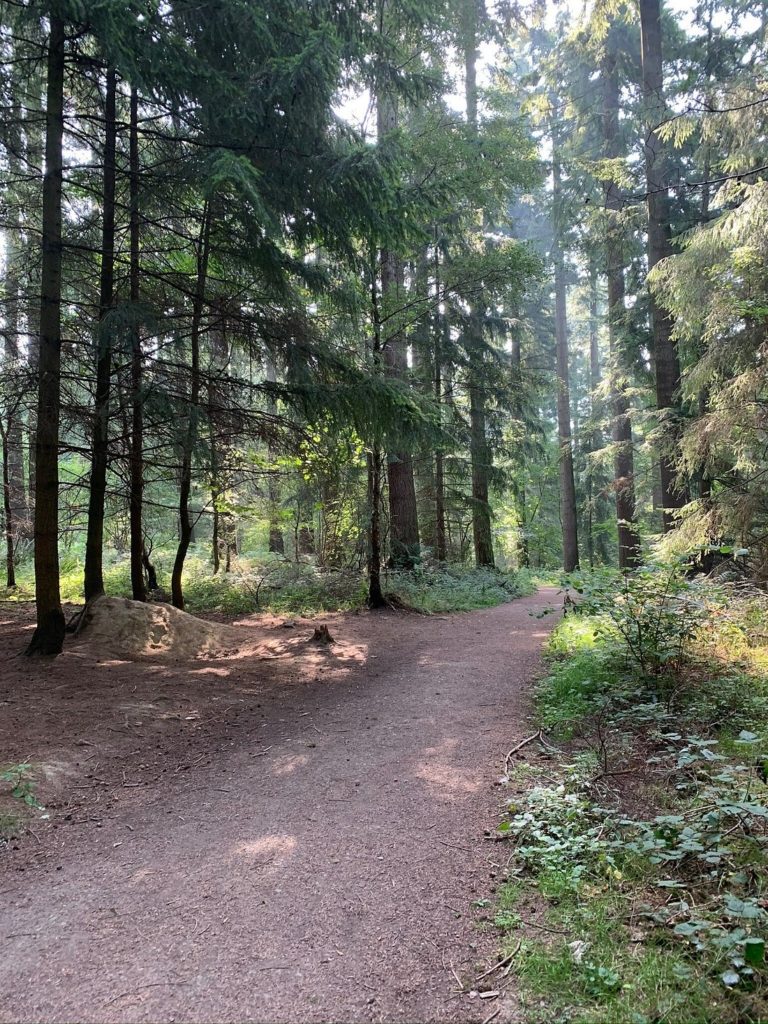
The Friends of Mortimer Forest like so many community organisations, have had to put many projects on hold or deferred their commencement because of the pandemic. However, with the relaxation of restrictions in prospect, the Friends will be developing a series of projects which will be undertaken singularly or in collaboration with partner organisations, including, we hope, Forestry England.
These include:-
Improving the understanding and interpretation of Mortimer Forest from its early origins to the present-day including opportunities for enhancement and sympathetic conservation and development.
At its most basic this will involve our assuming a monitoring role, with members and others observing the flora and fauna, the condition of paths and accessways, the impact of forestry operations, the balance in demands of different user groups, interpretation and information needs and the occurrence of external threats such as disease and climate change.
Learning projects will take the form of recording and disseminating information through publication of documents, through the web site and social media platforms and through guided walks by acknowledged experts in differing subject areas.
The programme under construction will embrace, history and archaeology of the forest, geology, early industry and crafts, bird and animal life, butterflies and insects and plant and tree variety and distribution. In partnership with the Forestry Commission, we hope to organise a series of walks focussing on the understanding and implementation of the Forest Management Plan and the Forest Community Plan.
To capture information for access by a wider audience a series of short films will be made which will be uploaded to the website.
Direct intervention projects will include the study analysis and enhancement of habitat for vulnerable species such as the hazel dormice, certain birds and butterflies and adders.
The charity will ensure that access to the forest benefits all sectors of the local community and will be directly involved with local care homes and well being organisations facilitating tours and assisted access events as well as identifying and maintaining “quiet” areas where people can experience the regenerative impact of the forest environment.
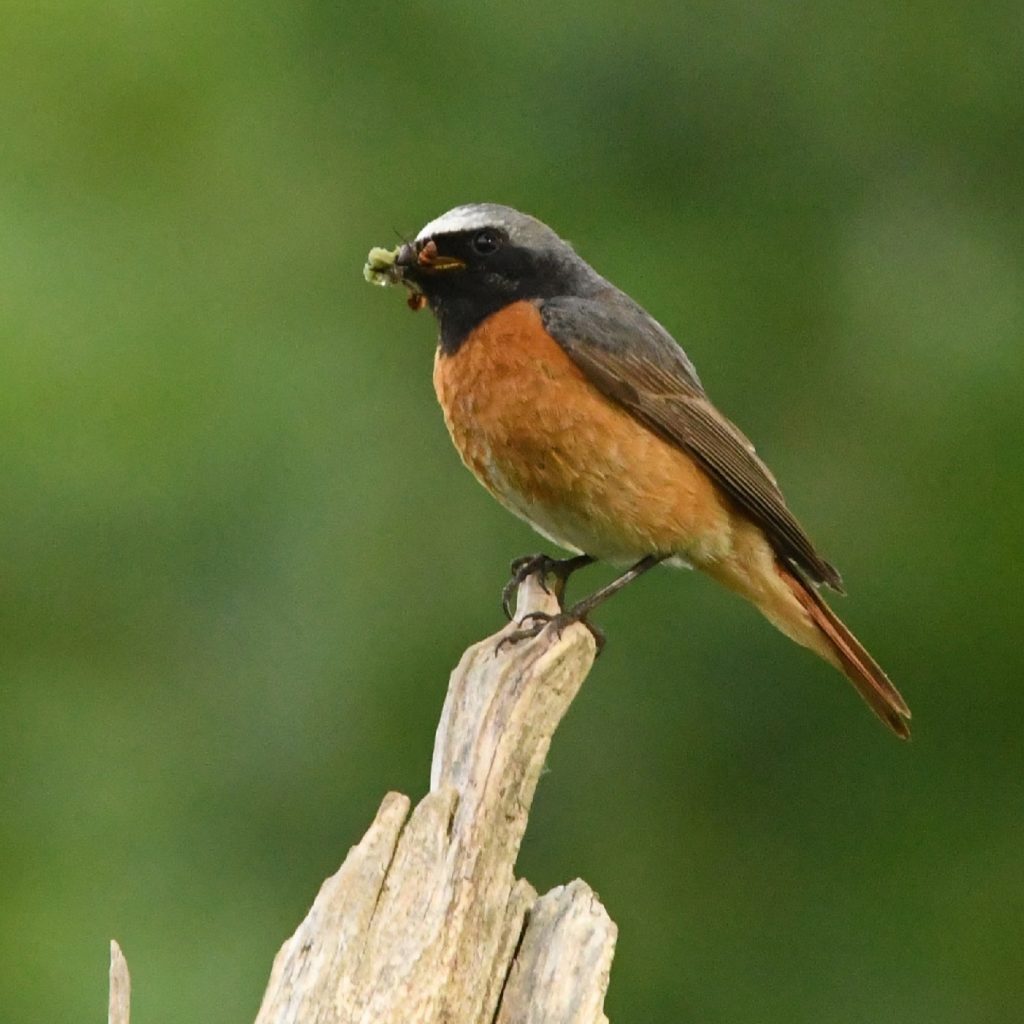
Lichens and Liverworts in the Mortimer Forest
A huge thank you to Mark Lawley and his fellow Bryologists for the wonderful guided walk on Sunday 23rd November. The group identified some of the Mosses and Liverworts in the Forest and revealed an amazing abundance in biodiversity. Here is a list of what was found:
Monitoring moths in the Mortimer Forest
An update from David Arbuthnott on his recent participation surveying moths in the Mortimer Forest (July 2023)
On Wednesday 12th July, a Survey of the moths to be found in the Herefordshire end of Mortimer Forest took place, organised by the Friends of Mortimer Forest. The weather conditions were not ideal, with clear skies and lower temperatures than normal, but nevertheless 120+ species were found using 8 traps in different locations and have subsequently been recorded on iRecord.
Huge thanks to the Herefordshire County Recorder, Peter Hall, Robin Hemmings, Sarah Cadwallader, Dave Griffiths, Selina Cambers and my brother Ian for carrying out the Survey late into the small hours. Some of the more colourful visitors are featured in these photos!

The Woodland Trust has ambitious plans to break its record annual giveaway of more than 1.3m free trees to schools and community groups as the next round of tree pack applications opens. The Friends of Mortimer Forest want to help our members plant trees and take part in this initiative.
Applications for trees to be delivered in spring 2023 are now open.
The Woodland Trust’s free tree packs scheme has seen trees sent far and wide this year, with the spring giveaway alone delivering a total 623,910 saplings to 3,865 organisations across the UK.
For more information please contact the Woodland Trust press office on 01476 602993, Owen Phillips on 07958 066 766, or email media@woodlandtrust.org.uk or owenphillips@woodlandtrust.org.uk
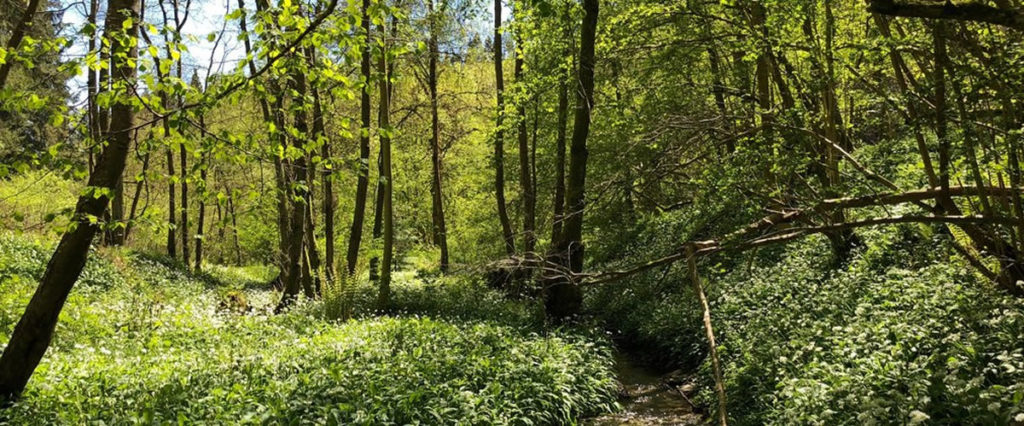
Hazel Dormice in Mortimer Forest
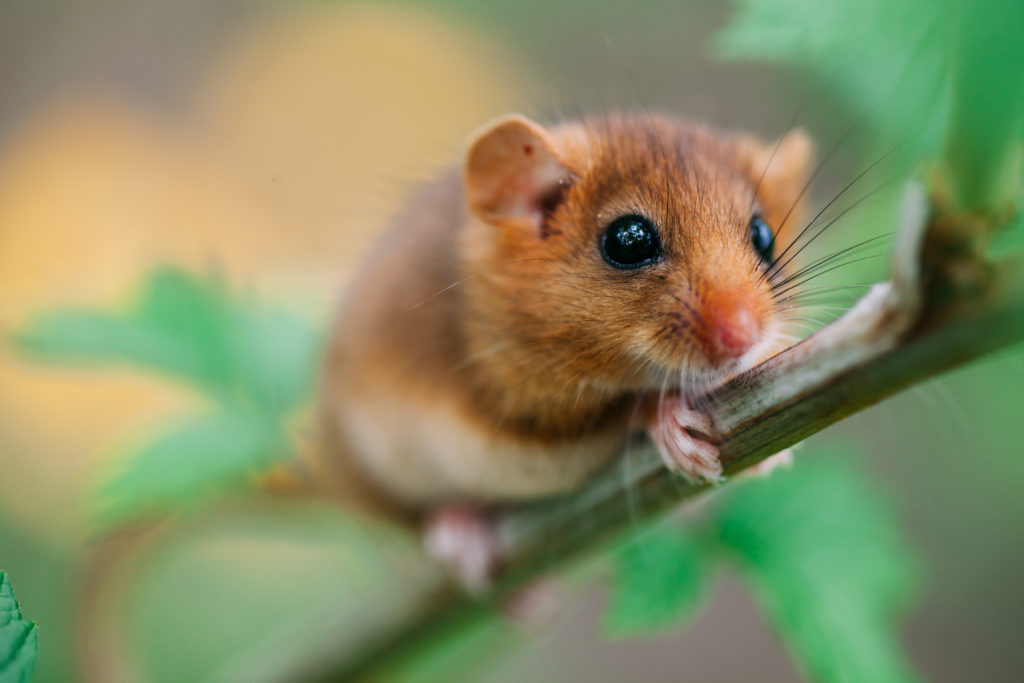
Click on the logo above to download a guide to identifying hazel nuts that have been nibbled by Hazel Dormice. Hazel Dormice are an illusive and protected species. It is therefore easier to look for the signs they leave behind on the forest floor, the hazel nuts they feed on. This guide to identification is curtesy of The Shropshire Dormouse Group.
In search of Hazel Dormice in Mortimer Forest: An exciting update from the Friends of Mortimer Forest and Shropshire Dormouse Group and Wildlife Trust
In early November a small group of enthusiasts went in search of signs that Hazel Dormice still inhabit Mortimer Forest. Nicola Stone, Chair of the Shropshire Dormouse Group, travelled from Telford to share her knowledge of this rare and vulnerable species.
Nicola led the group, accompanied by Patricia Astill, Chair of the Ludlow branch of the Shropshire Wildlife Trust and fellow members Tim Lee and Carol Wood (also Chair of the South Shropshire RSPB volunteer group), with Colin Richards and Robert Owen of the Friends of Mortimer Forest.
What can Friends do to support us?
We would be delighted if you could assist us in detecting further signs of the presence of Hazel Dormice. The photos below show the distinctive marks left by the Hazel Dormouse on nutshells. Any such photos can be sent to us for identification.
Click the logo above to download the identification sheet from the Shropshire Dormouse Group to further assist with ID. A special note of thanks to them for letting us share their guide with our members. We ask that the specific location is noted alongside your photos of any nuts found which might have been nibbled by dormice.
Please help to protect the Skylarks in Mortimer Forest
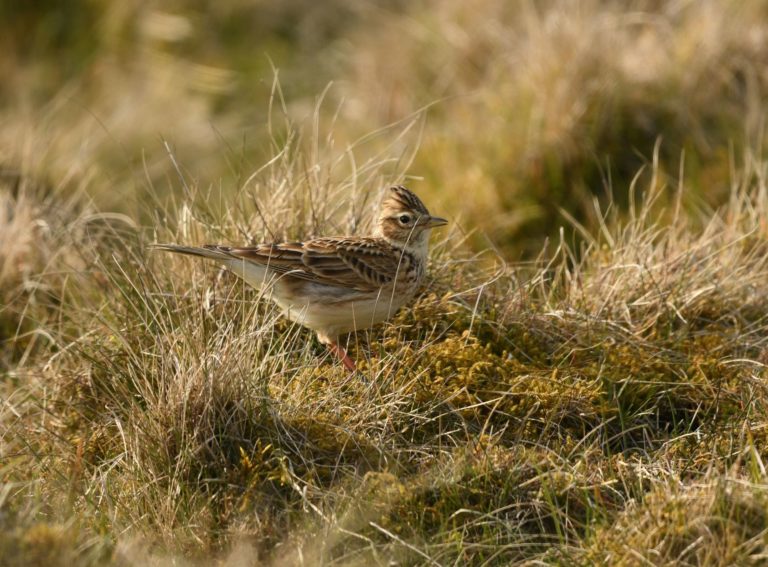
The skylark is on the Red List of endangered birds in the UK.
During Spring and Summer, male skylarks can fly to a height of over 100 metres to deliver their beautiful and complex song. They build their nests and raise their young on the ground. That makes them highly vulnerable to disturbance by people and especially dogs. Skylarks nest regularly in the meadows above Haye Park House on the Eastern slope leading up to High Vinnals in Mortimer Forest. They have been suffering considerable disturbance in recent years.
We appeal to walkers, bikers and horse riders to avoid going through these fields (and to keep dogs out of them) from March until the end of August.
By doing this, you will help to ensure that future generations can still enjoy the lovely song of this increasingly rare bird.

